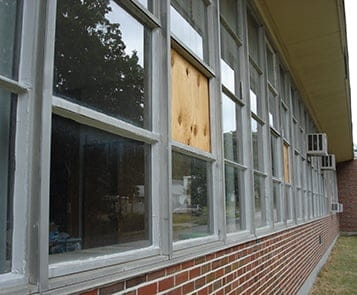PCB Contamination: A Serious Health Issue
The presence of polychlorinated biphenyls (PCBs) in building-related materials, such as caulking and paints, is an environmental health issue with wide-ranging implications for facilities, particularly schools and education facilities. PCB contamination can quickly become expensive, time-consuming, and hazardous to public health. Ambiguity around PCB testing, detection, and removal processes leaves facility managers and property owners unsure of how to manage potential PCB contamination.



